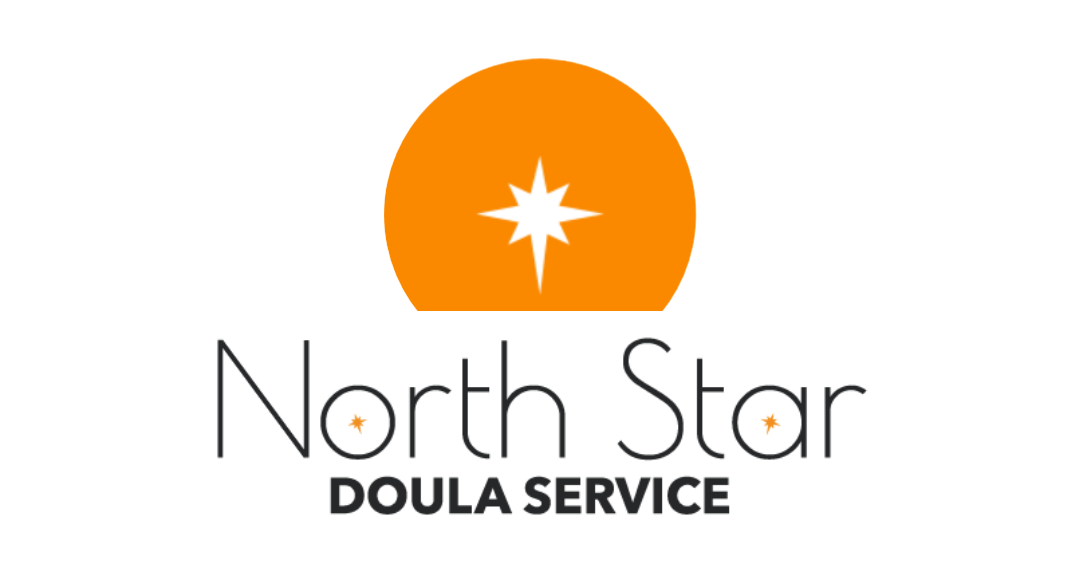What I Learned About Birth at the 2016 DONA Conference
/I knew I loved being a doula. I knew I was part of something good. But I didn't know this:
I entered a ballroom full of round tables with white and gray tablecloths. People were filtering in from all over the country and world. The farthest traveler was from Taiwan. I see one familiar face. Then another. Then another.
I realize that the room is full of people I know, but have never met.
Penny Simkin is sitting at a table with Phyllis Klaus (the former is the mother of my profession, the latter literally wrote The Doula Book). If you are into this field, you might understand why I peed a little. Michael Klein, Jesse Remer, Neel Shah. All people I knew on sight. All people whose lives and works are familiar to me. I met and conversed with most of these people and you know what I found out?
The people who are changing the face of maternity care as we know it are humble, thoughtful, genuine, loving, listening, collaborating, forward-thinking individuals.
And most of them are doulas.
Over the course of the day, I learned from the greats. Here are a few highlights:
The U.S. ranks 61st globally in maternal health, worse than any developed country in the world.
The largest determinant of c-section likelihood is the hospital one chooses.
The U.S. ranks 57th in infant mortality worldwide (meaning 56 countries are better than us at keeping babies alive. P.s. There are only 34 countries recognized by the CIA as "developed").
The U.S. ranks 48th in maternal mortality. That means a mother is more likely to survive childbirth and associated complications in Singapore, Israel, Iran, and 44 other countries.
Don't worry, though, we're #1 in healthcare spending. So there's that.
But then there's this:
- Doula care has been shown to reduce nonindicated cesarean rates by as much as 90%.
- Doulas reduce the cost of maternity care.
- Doulas shorten labors and reduce the number and length of hospital stays.
- Doulas increase breastfeeding rates, APGAR scores, and maternal satisfaction.
- Doulas lower the use of interventions, pain medications, and Pitocin.
Returning to my main point, I learned, among other things, that when you take a group of people that are actually dedicated to doing right, you find simple, beautiful solutions to complex problems.
I learned that not sucking at maternity care, that not failing our childbearing families, that turning our current statistics on their heads is within reach.
I learned that there is substantial enough evidence that having doulas at every birth should be a no-brainer.
I learned that right now, doulas attend 6 percent of deliveries in the U.S.
Why is that number not 100?
I didn't learn that.
Thank you #dona16, for a very instructive conference.
Resources:
Maternal mortality rate rankings (note that these are from worst to best):
https://www.cia.gov/library/publications/the-world-factbook/rankorder/2223rank.html
Infant mortality rate rankings (these are also listed from worst to best):
https://www.cia.gov/library/publications/resources/the-world-factbook/rankorder/2091rank.html
List of developed countries:
http://www.ncbi.nlm.nih.gov/books/NBK44558/
Doulas reduce cesarean rates:
http://www.ajmc.com/journals/issue/2014/2014-vol20-n8/Potential-Benefits-of-Increased-Access-to-Doula-Support-During-Childbirth
Other benefits of doulas:
https://choicesinchildbirth.org/wp-content/uploads/2015/12/Overdue-1-4-16-Final-Long.pdf
Become a doula:
www.dona.org
www.palsdoulas.org







